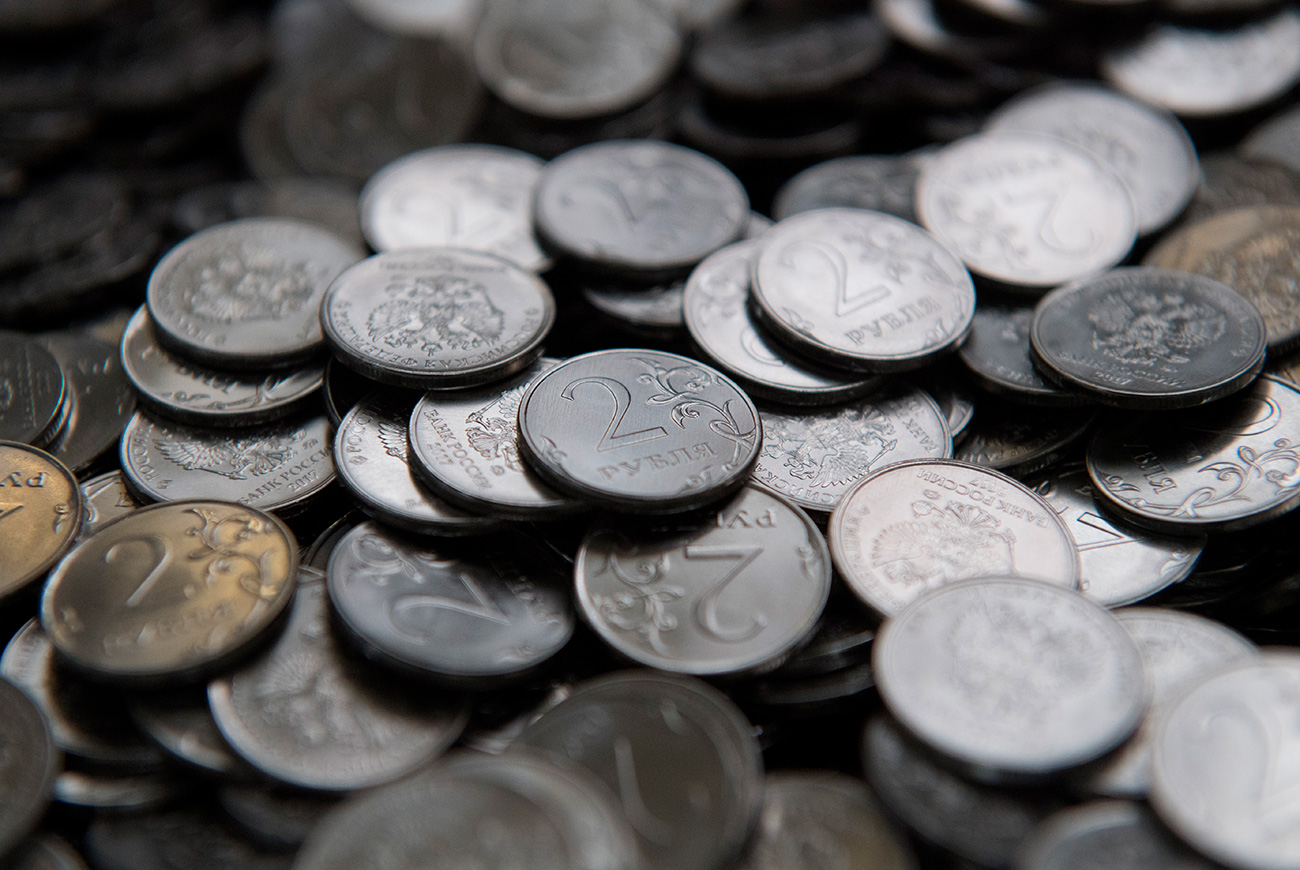
The Soviet budget wasn’t large enough to deal with the debts.
Iliya Pitalev/RIA NovostiOn Aug. 21 the Russian Ministry of Finance announced it repaid the last remaining foreign debt it inherited from the Soviet Union. On Aug. 8 the Ministry transferred $125.2 million to Bosnia and Herzegovina for previously unpaid goods imported from Yugoslavia to the USSR - finally writing off the historic debts.
Originally an obligation shared by all former Soviet republics, debt repayment later became a Russian burden in exchange for other republics giving up their claims to Soviet foreign assets in 1993. At that time Soviet-era debts amounted to $104.5 billion, according to the Central Bank of Russia.
As oil prices prices grew at the turn of the century, Moscow started gradually dragging itself out of the red.
“The Soviet Union actively borrowed from abroad to buy Western equipment, pharmaceutical products, and meet daily budget needs,” Alexey Mikheev, chairman of the Center for Innovative Business and Entrepreneurship Development, explains. “These debts started to grow in the eighties as oil prices dropped and the country had to sustain an ineffective economy while at the same time helping fellow communist regimes around the world.”
Besides loans from other countries, the overall debt also included domestic currency loan bonds, Vnesheconombank’s obligations, and loans from the London Club of creditors, as Roman Alekhin, director of the Alekhin and Partners marketing agency, adds.
The Soviet budget wasn’t large enough to deal with these debts so they were inherited by Russia after the collapse of the country.
The largest chunk of the debt – $47.6 billion as of 1994 – was owed to the partners from the Paris Club of creditors (major industrialized countries, mostly European states and the U.S.). As the oil prices grew, Moscow managed to payoff this debt by 2006, transferring $38.7 billion in early payments while saving $7.7 billion that the creditors agreed to pardon or exchange for goods and services.
In 2009 Russia also repaid the remaining debt of $1 million to the London Club of creditors, mainly to commercial banks from Western Europe, the U.S. and Japan for loans handed to the Soviet Vnesheconombank up until 1991.
As for other countries, the debt was regulated based on bilateral agreements, sometimes not with cash but goods and services. Over the last decade Russia has paid off Soviet-era debts to the following countries:
Slovenia - $129.2 million in 2007 (paid through goods supply)
United Arab Emirates - $470 million in 2007 (partly paid with industrial products)
Croatia - $185.7 million in 2011 (high-tech products and energy equipment for the Sisak Thermal Power Plant)
Czech Republic - $3.6 billion in 2013
Hungary - $18 million in 2013 (partly paid with industrial products)
Finland - $30 million in 2013 (partly paid with industrial products)
Slovakia - $1.7 billion in 2013 (partly paid with industrial products)
Serbia - $288.8 million in 2013 (partly paid with industrial products)
China - $451.1 million in 2015 (partly included industrial products and medical research)
Kuwait - $1.1 billion in 2016 (plus $620 million in high-tech products)
Macedonia - $60.6 million in 2017 (repaid with industrial products and services)
If using any of Russia Beyond's content, partly or in full, always provide an active hyperlink to the original material.
Subscribe
to our newsletter!
Get the week's best stories straight to your inbox